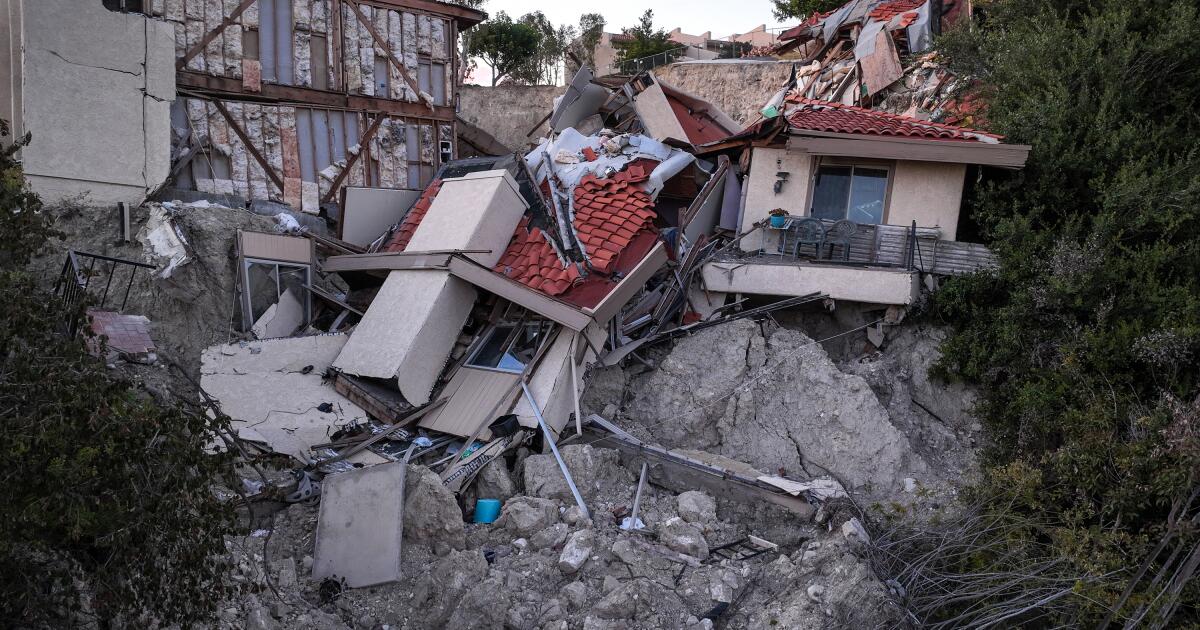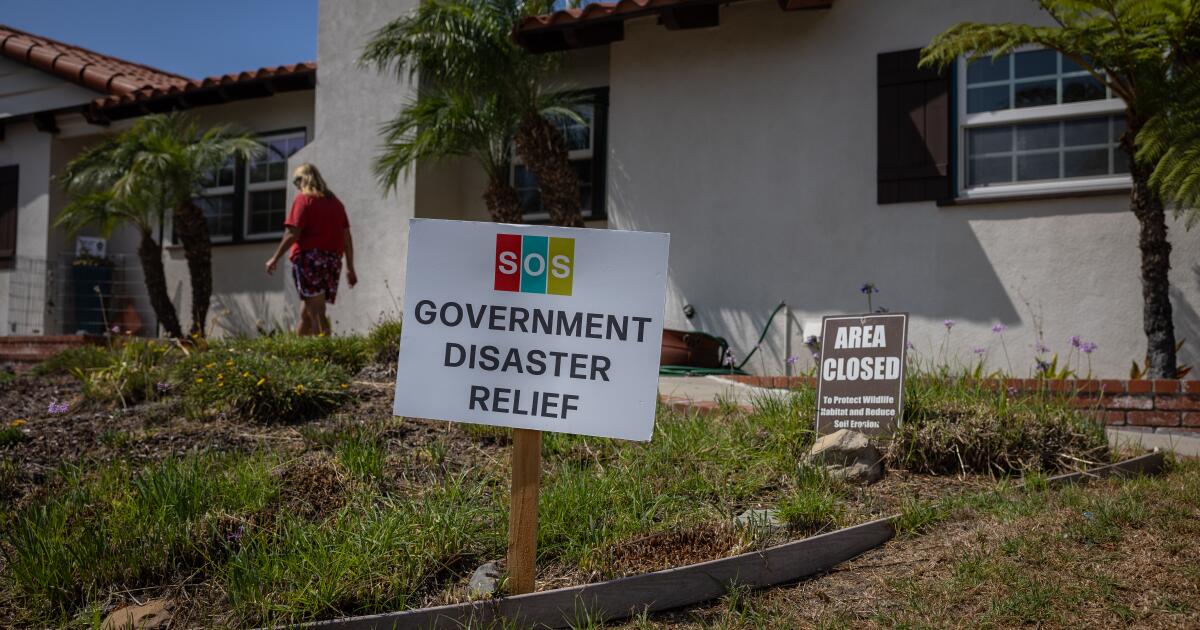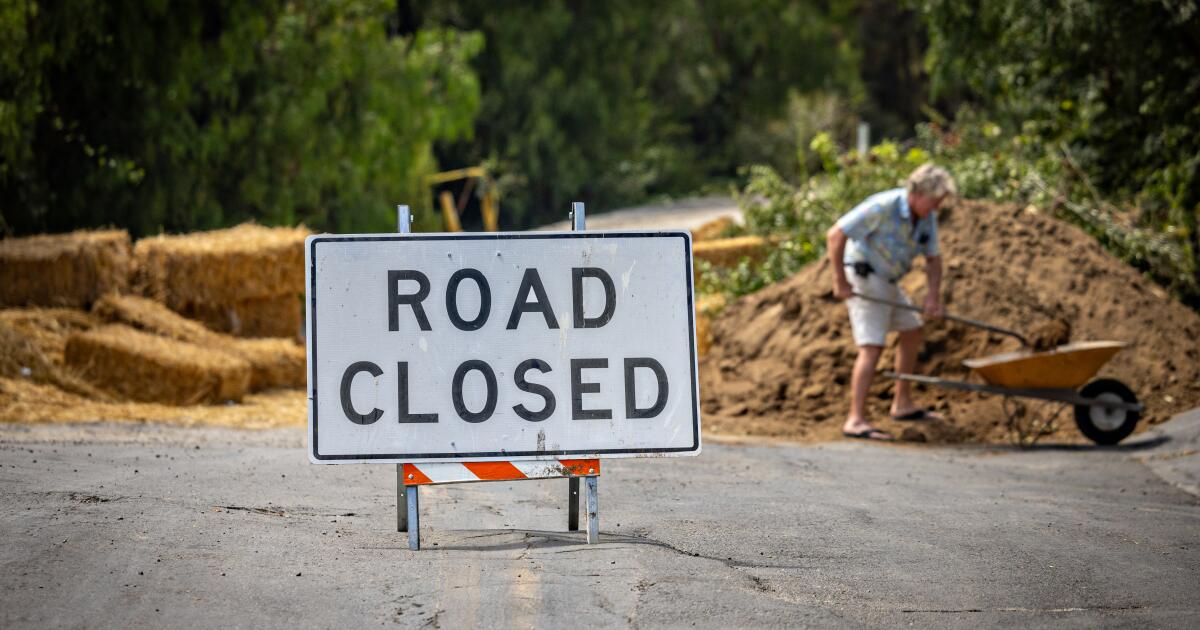
Rolling Hills property owners seek answers about threat from new land movement
LA TimesStanding on the far left corner of the three acres he owns in Rolling Hills, James Bellis, 40, points to a crack he’s been monitoring in the yard since August. The fiercely private city of Rolling Hills was thrust into the very public, escalating emergency caused by increasing land movement in parts of the Palos Verdes Peninsula in mid-September, when Southern California Edison and Southern California Gas decided to cut service indefinitely to dozens of homes there — in addition to the almost 250 properties in nearby Rancho Palos Verdes that had been cut off weeks prior. In announcing the shutoffs, SoCalGas pointed to a recent water-main break and land movement, while Edison stated a “rapid increase in fissures” meant the company “cannot mitigate the public safety risk of downed poles and wires in the area.” Rolling Hills Mayor Pro Tem Jeff Pieper acknowledged the fissures in the community but said: “It’s been like that for decades.” He was skeptical of the utility companies’ explanation for cutting services because neither shared their own geological reports; instead, they relied on analyzed data and “anecdotal observation,” Pieper said. On the city website, a page dedicated to land movement updates states that as of Oct. 1 there haven’t been any new updates, and moving forward, the city will provide new details “only when there is significant information to share.” James Bellis hikes down to a fence damaged by recent land movement on the property he owns with his mother Ann Bellis on Monday, Sept. 30, 2024 in Rolling Hills, CA. Meanwhile, the Rancho Palos Verdes city geologist reported earlier this month that “creep movement” up to 0.7 inches per week has been recorded in Rolling Hills, specifically around Cinchring and Quail Ridge roads, affecting multiple properties — including Bellis’ home.
History of this topic

Forced from homes by Rolling Hills Estates landslide, weary residents could wait weeks for answers
LA Times
Residents raised construction concerns decades before Rolling Hills Estates landslide
LA Times
Rolling Hills Estates landslide slows, but broken sewer line prompts more evacuations
LA Times
Rolling Hills Estates residents lose their homes and the ground they sat on
LA TimesDiscover Related


















